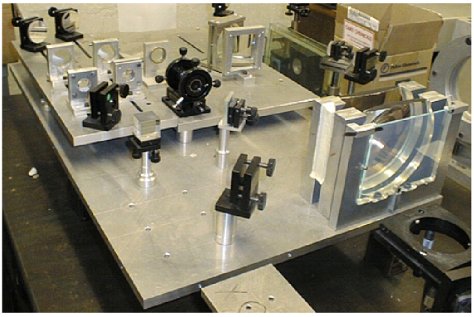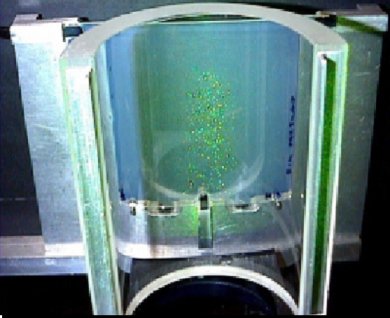Holographic Particle Image Velocimetry (HPIV) allows for true 3D particle tracking within a broad spatial volume. The technique employs a more-or-less traditional holography setup to record all the 1-50 micron particles present at one moment onto a holographic plate via a double-exposure method. Multiple of such images are taken and the holograms are then later reconstructed using optical correlation methods used in holography. The technique is technically demanding, but allows for truly volumetric measurement. Due to its high overhead it is generally considered to have limited demand, exclusively in research scenarios. Often instead, the area of interest in a fluid flow (or the whole volume, will be divided in regions and each measured sequentially during continuous flow - or a specific area of unusual activity is targeted. HPIV is most useful where complex dynamics present throughout the flow must be measured simultaneously.

